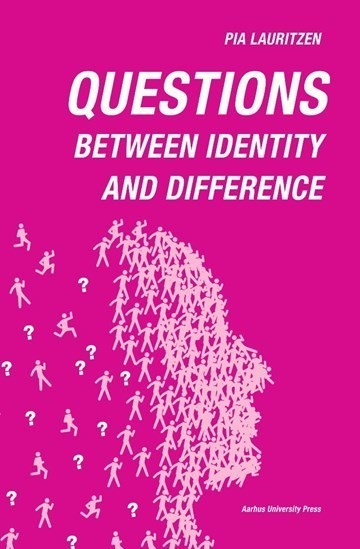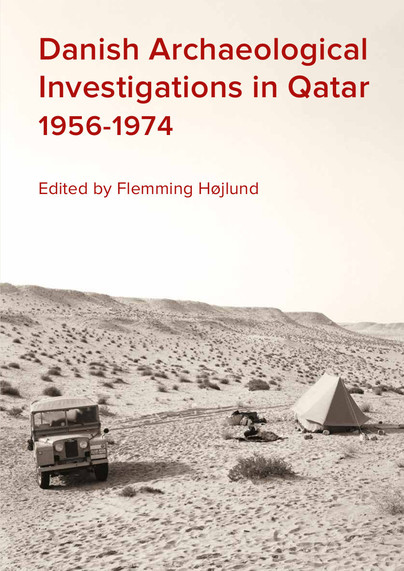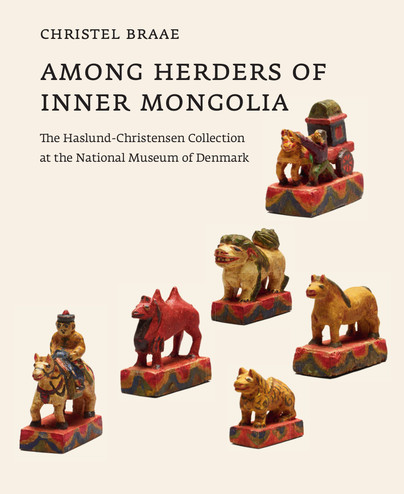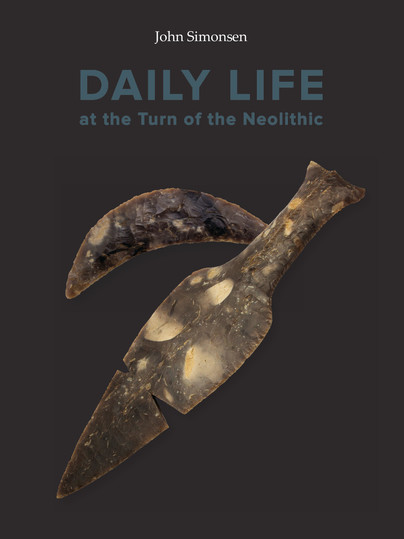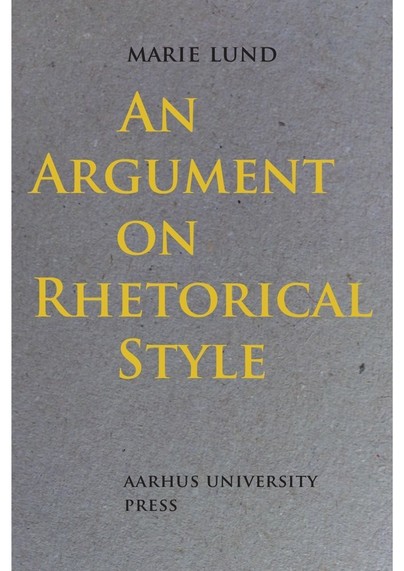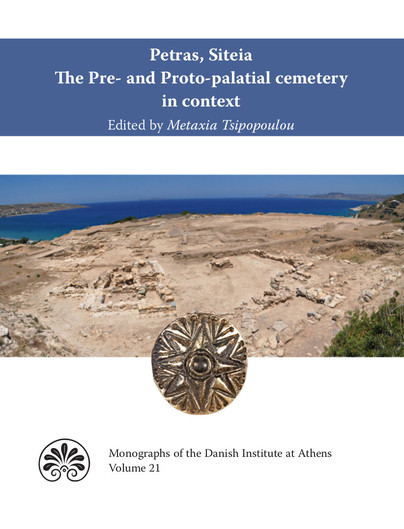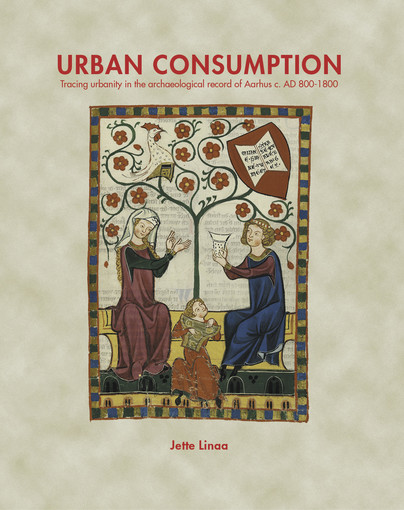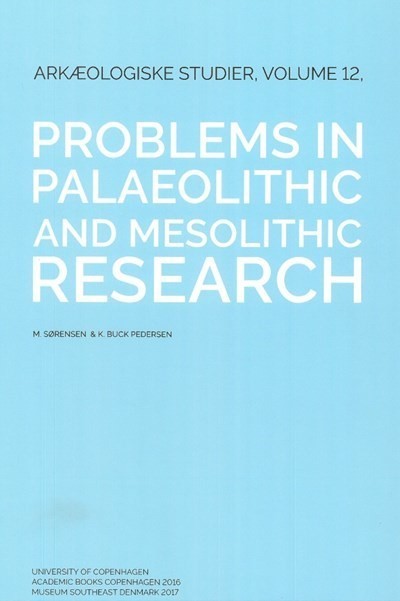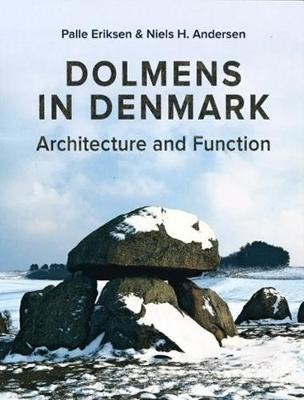This fourth volume in the series examines workshops and discusses the craftspeople in the Viking town of Kaupang including their activities, crafted products, raw materials, skills and networks. The study focuses on artefacts used in on-ferrous metalworking: crucibles, moulds, matrix dies, tuyeres and a unique collection of lead models. The tools and the waste material provide a completely new understanding of the craftspeople who were working with gold, silver, copper alloys, lead and tin.
These metalworkers mastered many different materials and techniques; indeed, they were well-informed, well-trained and skilful, and manufactured a range of different items for women and men. There is every reason to believe that visitors and residents perceived the non-ferrous metalworking as a defining feature of the Viking-period town. The combination of excavations and surface surveys has produced a broad and diverse collection of material very similar to finds in different Viking-period towns in Scandinavia including Ribe, Birka and Hedeby. The finds show that Kaupang was an important centre for the production of jewellery, and the craftspeople appear to have had access to a range of high quality raw materials including brass and kaolin clay. Their activity can be traced from the earliest layers of the beginning of the 9th Century to the early 10th Century, Altogether, the production waste from Kaupang illustrates how a range of different social groups were involved in the process of forging an urban identity.
